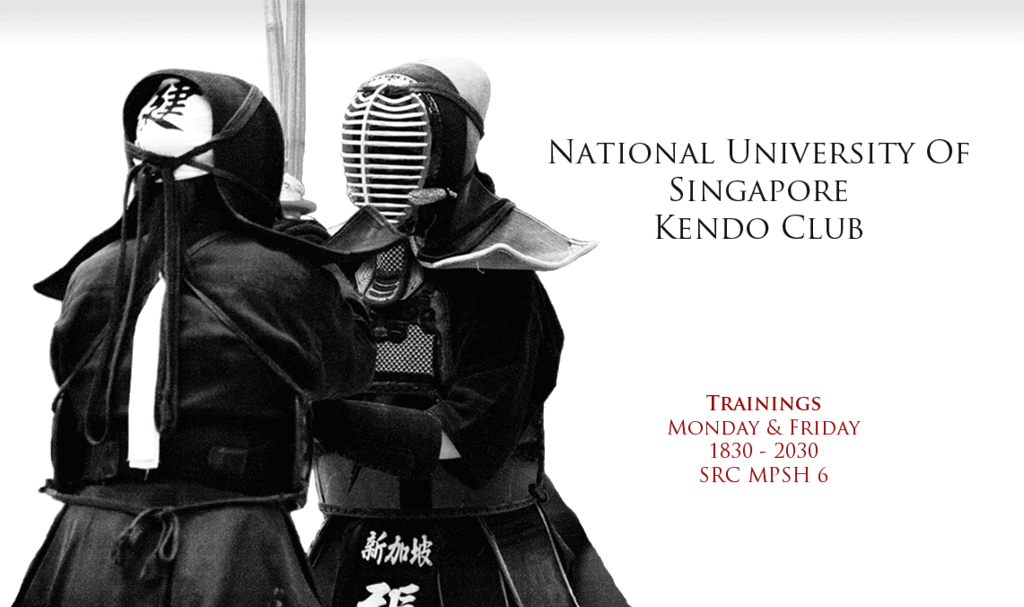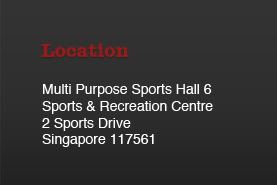Monday, February 21, 2011
1st Joint Training
By Belinda
On the 20th of February 2011, NUS hosted the first joint training initiative by David Yeo sensei. Kendokas from SKC and our affiliate clubs NYP and SMU were invited to join us in MPSH 6 on a Sunday morning to train together.
For NUSKC, joint training allowed us to train under guidance of the numerous senseis from SKC. It was a also wonderful opportunity for us to train alongside and mingle with other kendokas that we often had little chance of meeting, except at kendo events such as tournaments or gradings.
Joint training started off with a Beginner's Class and Japanese training.

Training suburi (cuts)
Followed by ashi-sabaki (footwork) practice


Ki-ai (spirit) practice, followed by suburi


Senseis guiding the children during practice.
Watching the Japanese training was enlightening. Although many of the Japanese kendoka in training were young children, some of them had solid cuts and footwork. They were well on their way to being strong kendoka. It was a reminder to us never to neglect our fundamental kendo training, because how good we are depends very well on how much we've mastered our basics.


Getting ready for kata practice
We then began training for the Advanced Class. The first half hour was on free kata practice, where we practiced with a partner while senseis walked around to correct any mistakes they noticed. Then we proceeded to kihon training, followed by godou keiko (goodwill sparring)
Inoue-sensei giving Kenneth some pointers
[Unfortunately there are no other photos of the advanced class because we were all too busy training!]
Personally, I enjoyed joint training tremendously. Although I found it to be a rather short training, it felt very special to be inside a hall filled from left to right with kendokas. There was a lot to learn, especially from godou keiko. After a long queue I finally got to keiko with Nishida-sensei and it was a very fun--but at the same time VERY CHALLENGING--experience trying to score hits off him. Other highlights for me include doing kote-men for three motodachi (receivers) and back again.
I hope there'll be another joint training soon! (:






























